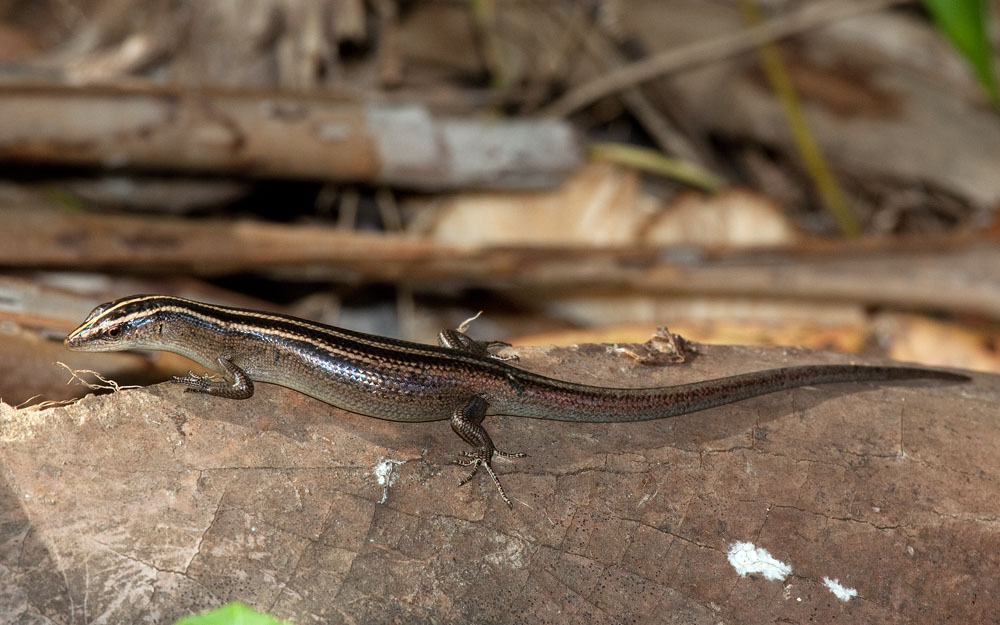Adaptation
Emoia cyanura have adapted to their environment in order to increase survival and fit their habitat in a few ways. One adaption is that they have adapted their tail color to allow them to blend into their typically brown sand or dirt colored habitat, which is common amoung lizards (Brown 1991). This allows them to be more hidden from predators, but also provides them with the camouflage needed to hunt their prey, typically arthropods and insects.
They have
also evolved their thermal sensitivity to allow them to
withstand the higher temperatures in their habitat (McElroy
2014). The Emoia impar has adapted opposite, in that they
can withstand less heat, which is beneficial because they prefer
cooler, shaded habitats anyway. As a result of this cooler
thermal temperature Emoia impar are able to run faster
than Emoia cyanura. Like almost all skink, with the
exception of a few that have reduced limbs, Emoia cyanura
are motile via two fore-libs and two hind-limbs.
